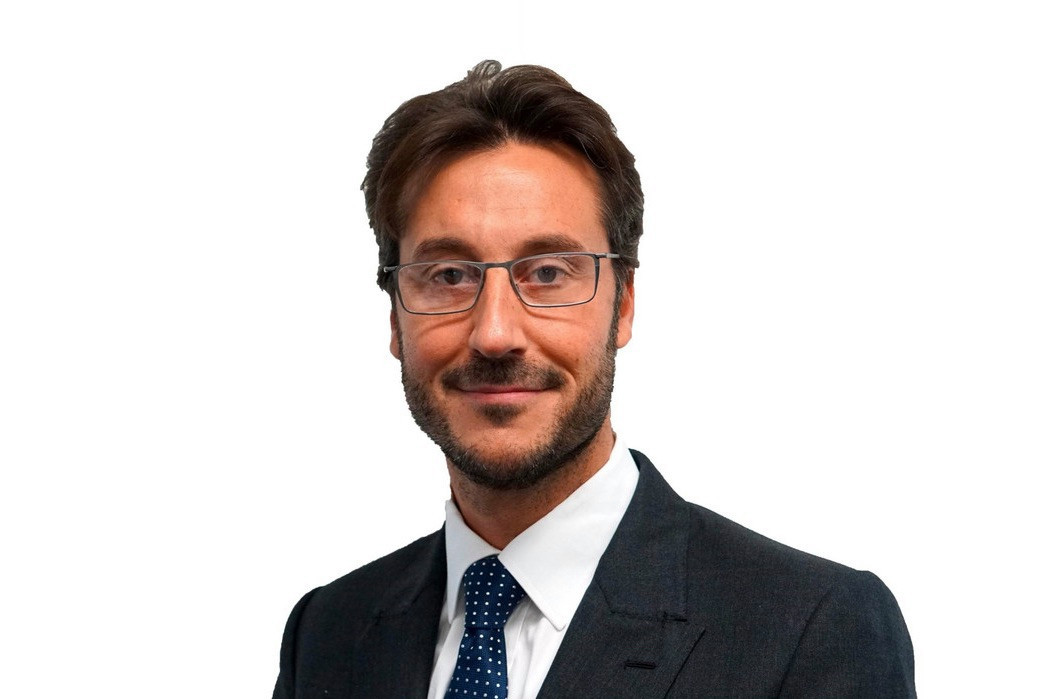“Further rate hikes by the central banks and the maintenance of high interest rate should be expected,” said Vincent Chailley, CIO, H2O Asset Management, which has €11.6bn in assets under management as of 31 December 2022, during an interview on 22 June 2023. “This is the result of fundamentally robust economies in the US, Europe and Asia with low synchronised unemployment rates supporting demand.” Secondly, Chailley does not see major sources of unbalances or excesses as observed in 2008-09.
“We thought last year that the inflation would be temporary. It is no more,” noted Chailley. He thinks that the very slow decline in core inflation anchors general inflation expectations through second round effects on salary or rental negotiations. This has been observed in the UK, with inflation flaring up again.
“Market expectations sound about right with the terminal rate priced at around 4% for the ECB and 25bps to 50bps of additional hikes at the Fed,” he stated. The market suggests a rapid decline after reaching these terminal rates. Chailley thinks that it will not happen, given that he sees no rate cut within the coming year and that the central banks will not start the process before having inflation under control.
Could the recession be harder given the ever-deeper inversion of the yield curve?
Chailley explained that the market is pricing such an outcome, but H2O expects a different development Despite the negative impact of higher interest rates, H2O expects a “gradual deceleration” or a “soft landing” of the US economy within the coming year given the absence of major imbalances or any catalysts.
On the other hand, Chailley thinks that imbalances are likely to arise on the back of elevated interest rates with refinancing biting harder on companies and household in the next 9 to 15 months.
The US equity market has been the main beneficiary of the generous monetary conditions in the last 15 years
Chailley believes that the inversion of the yield curve (10-year minus 2-years) may be the result of technical factors such as the “bond conundrum on treasury” whereby rates were maintained at lower levels on the back of strong international demand and central bank purchases. Without these technical factors, he estimates that the curve would be about flat against around minus 100 bps, currently.
He explained that the issuance of more bonds by the Treasury coupled with lower international demand and quantitative tightening will push rates higher, in the opposite direction, an outcome that supports his overall view of “higher rates for longer.”
Negative on the US financial liquid instruments
The US equity market has been the main beneficiary of the generous monetary conditions in the last 15 years” said Chailley. As the world is coming back to a “normal world, with normal interest rate levels for the next 5-10 years,” Chailley thinks that the tailwinds enjoyed by the treasuries, the US stocks and the dollar will be confronted with headwinds.
Chailley noted that the capital repatriation has already started in “Japan and several other Asian countries.” Despite the recent good performance of US equities, “they have, overall, underperformed European and Japanese equities.”
“We find several opportunities in emerging market, in debt and equities.” More specifically, he finds the greatest opportunities on the emerging market currencies, where the risk premium is the highest.
The yields on “US treasury bills may lose their attractiveness as other central banks are catching up” but also because a “diversified basket of emerging market currencies will add an extra 7% in yields.”
Emerging markets: not a value trap anymore
Moreover, the indebtedness of several emerging markets has been maintained or has even improved their risk profile on a relative and absolute basis as they have not been as accommodative as the developed markets during covid. For instance, H2O finds Mexican debt as attractively priced, a “sort of proxy American bond” with a central bank having more flexibility than the Fed to reduce rates, if necessary.
H2O does not see the Asian equities as a value trap as in the past on the back of better regulations and accounting. H2O has no specific preferences and suggest entering in “derivative transactions on the MSCI/emerging markets which are dominated (more than 60%) by [companies] in Asian countries.”
Targeted recommendations on European securities
On European equities, Chailley recommends focusing on banks, autos and resources, three sectors that have suffered from low rates but are slowly recovering since covid “thanks to better earning dynamics and high dividends.”
When talking about the credit market, Chailley started off by suggesting Italian bonds with “spreads having tightened from 200 bps to 150 bps” with more to go as H2O expect debt dynamics to be “flat" over the coming years.
“Additional Tier 1 has recovered some value after the Credit Suisse shock in March,” said Chailley. He thinks that the securities offer strong buffers and welcomes the reaction by the European authorities that stood out from the approach undertaken by the Swiss authorities on the AT1 of Credit Suisse.

